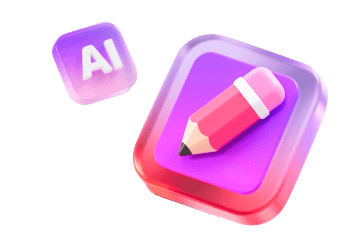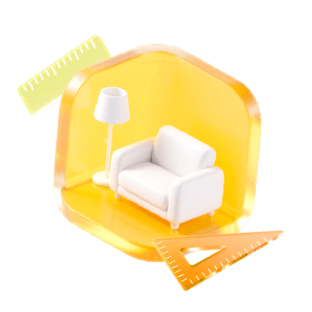In the realm of physically based rendering (PBR), the Bidirectional Reflectance Distribution Function (BRDF) plays a vital role in delivering lifelike material appearances. However, intricate BRDF models often incur hefty computational costs, presenting challenges for real-time applications. This article delves into a cost-effective BRDF model that strikes a balance between realism and performance, making it well-suited for a variety of rendering contexts, including those utilizing Homestyler for home design visualization.
Grasping the Fundamentals of BRDF
The BRDF characterizes how light reflects off a surface, taking into account both the incoming light angle and the outgoing view angle. Among the prevalent BRDF models in PBR, the Lambertian model excels in diffuse reflection, while the Cook-Torrance model serves well for specular reflection. Although these models maintain physical accuracy, they can consume substantial resources.
Selecting a Streamlined BRDF Model
In scenarios where performance is paramount, adopting a simplified BRDF model proves advantageous. The Phong reflection model, for instance, offers an approximation of specular highlights with reduced computational demands. Alternatively, implementing a microfacet model with a simplified geometric attenuation function can provide an effective compromise between authenticity and efficiency, especially valuable for tools like Homestyler that are designed for swift and effective rendering.
Executing the Model
Putting a budget-friendly BRDF model into action involves setting essential parameters such as roughness, metallic properties, and albedo. By crafting a shader that computes the BRDF values according to these parameters and leveraging pre-computed tables for rapid lookups, developers can greatly enhance rendering speeds, an aspect crucial for applications like Homestyler.
Benefits of Using a Simplified BRDF Model
1. **Enhanced Performance**: The foremost benefit of a cost-effective BRDF model is the significant boost in performance, especially relevant in real-time rendering contexts such as video games and simulations.
2. **Versatility**: These models can be easily modified to accommodate a range of artistic styles, enabling developers to customize visual effects according to their preferences.
3. **Simplicity of Implementation**: Adopting a simpler BRDF model eases the implementation process, making it accessible for developers without extensive expertise in advanced rendering techniques, which is particularly ideal for platforms like Homestyler.
Conclusion
In conclusion, while high-complexity BRDF models offer exceptional fidelity, they are not universally practical across all applications. Employing a budget-friendly BRDF model allows artists and developers to attain satisfactory results without sacrificing rendering efficiency. As technology evolves, these models will continue to lay the groundwork for future advancements in real-time rendering, benefitting tools such as Homestyler that prioritize user experience.
Frequently Asked Questions
Q: What exactly is a BRDF? A: The Bidirectional Reflectance Distribution Function (BRDF) defines the reflection of light off a surface, contingent on incoming and outgoing light directions.
Q: What are the advantages of using a simplified BRDF model? A: Simplified BRDF models enhance performance and ease of implementation, making them ideal for real-time applications.
Q: How can I go about implementing an affordable BRDF model? A: You can outline essential parameters and construct shaders that utilize pre-computed tables for efficient lookups, facilitating integration into projects like Homestyler.
Welcome to the Leading Home Design Software
























































![[For dear Adelina madee 🤎]](https://hs-designs.homestyler.com/production/design/images/8a07e535-9cbc-4132-a42a-5932dac3a112/1706972286037.jpg?x-oss-process=image/resize,w_502,m_mfit/format,webp)




